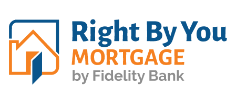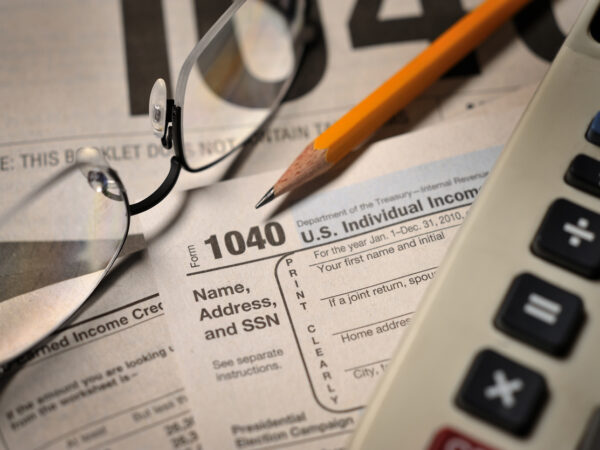Do Interest Rates Influence the Cost of Homes?
What you need to know to get the best rate
When mortgage rates are low and home prices are rising, it can be easy to assume the two are correlated. But the reality is there are many other factors that have a greater impact on mortgage rates.
Many also believe decisions by the Federal Reserve have a strong bearing on mortgage rates, but that’s not quite so. It’s true that changes to the Fed rate can influence mortgage rates, but a better indicator of where mortgage rates are headed is the 10-year Treasury bond, since rates are typically priced above the 10-year Treasury yield.
The economic climate and inflation also impact mortgage rates. When the pace of inflation increases, consumer purchasing power falls and mortgage rates rise. Rates also rise when the economy is strong. When the economy is struggling, however, mortgage rates typically decrease.
When it comes to the rates you’re offered when you apply for a mortgage, however, the most significant factor is your financial profile.
Before offering you a rate, lenders will consider factors such as your debt-to-income ratio (also called DTI), which is the amount of monthly credit card and other payments you make relative to your gross monthly income. A higher ratio makes you a higher risk to the lender, which generally means you’ll be offered a higher interest rate.
Your credit score is another factor a lender considers when deciding what rates to offer. Borrowers with high credit scores are generally offered lower rates, while borrowers with lower scores will get higher rates to offset the potential risk to the lender.
While mortgage rates do not directly impact home prices, the rate you’re offered does affect what you can afford to buy.
For example*, a $250,000 mortgage at 4% APR would amount to monthly payments of $1,194 in principal and interest. The same loan amount at 3.5% APR would bring the monthly payment down to $1,123, a savings of $71. If the borrower can afford the higher, $1,194 payment, the lower rate will allow them to borrow an additional $15,000, which means the borrower could afford a higher-priced home.
| EXAMPLE* | 4% APR | 3.5% APR | 3.5% APR |
| Loan amount | $250,000 | $250,000 | $265,000 |
| Down payment | $15,000 | $15,000 | $15,000 |
| Term | 30 years | 30 years | 30 years |
| Monthly payment | $1,194 | $1,123 | $1,194 |
So, you can see how a lower rate can help increase your buying power.
Many borrowers wonder when the right time to lock in a rate is. Some think they can “time the market,” and will wait until they think rates are at their lowest. But even top economists cannot predict where rates are headed, so there’s no reason to expect you’ll be able to, either.
So, when’s the best time to lock a rate? Usually, it’s when you’re ready to buy and you can afford the mortgage you need. If you’re looking to refinance, the best time is when rates would give you an opportunity to reduce your mortgage payment and save money based on the cost to refinance and the time you expect to remain in your home.
In all situations, the best course of action is to speak to an experienced mortgage professional. A Right By You Mortgage loan officer can take a good look at your financial profile and help you identify the right mortgage product at the best rate to meet your goals.
To find out how much you can afford to buy, check out our handy loan calculator. Or, if you’re ready to speak to a one of our loan officers, send us an email at inquiries@rightbyyoumortgage.com, or give us a call at 1-877-552-2242. We’d be happy to help!
*Rates, terms and payment examples are for illustrative purposes only. Loans are subject to credit approval.
Equal Housing Lender. Member FDIC.









